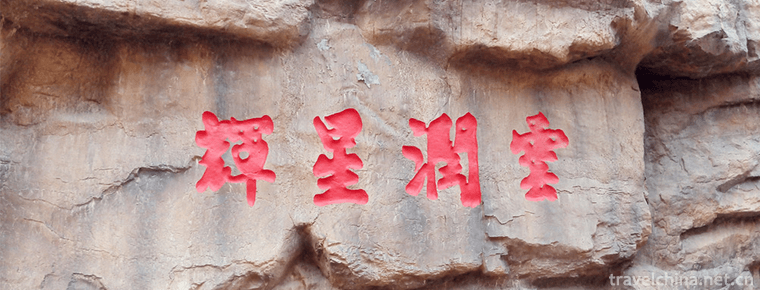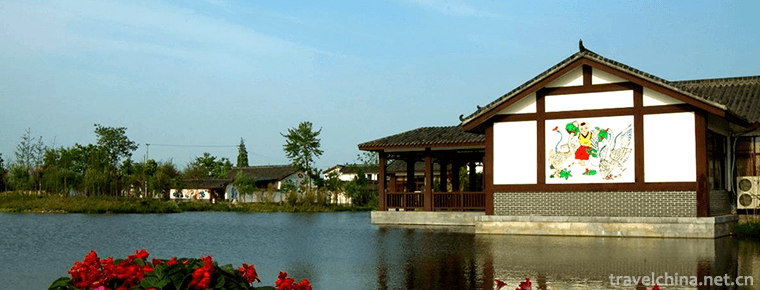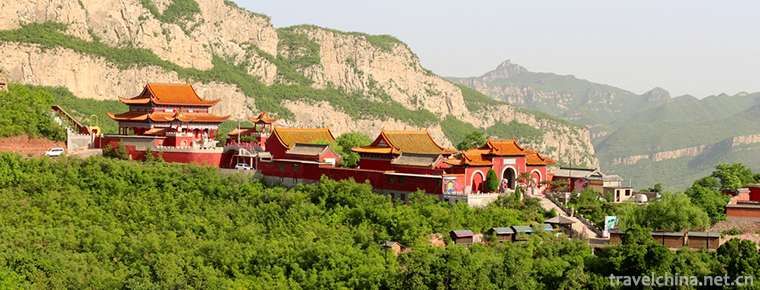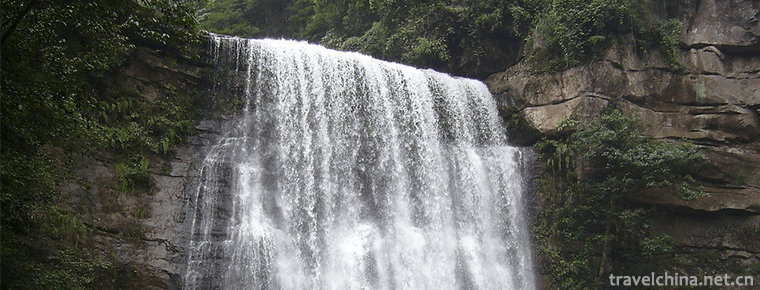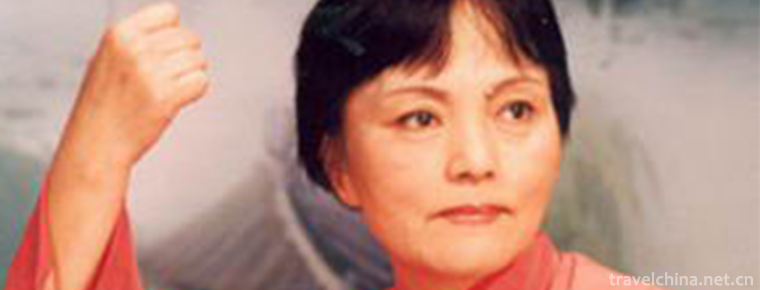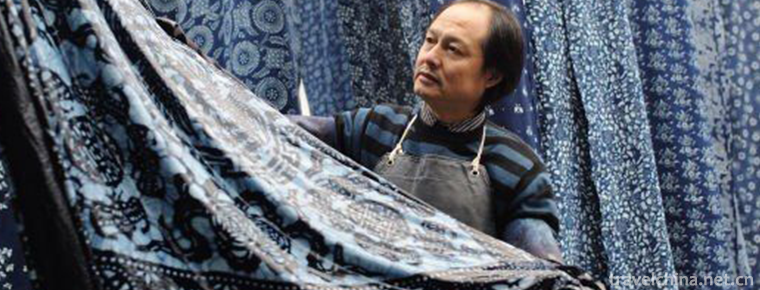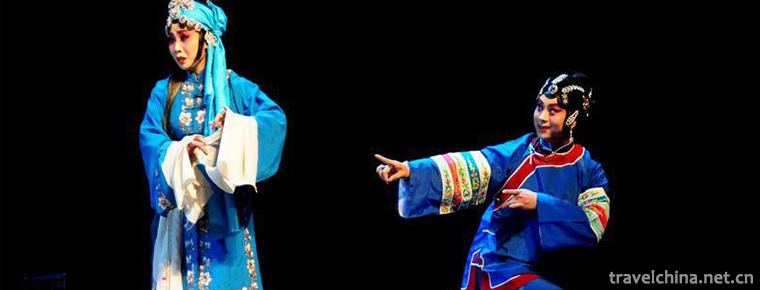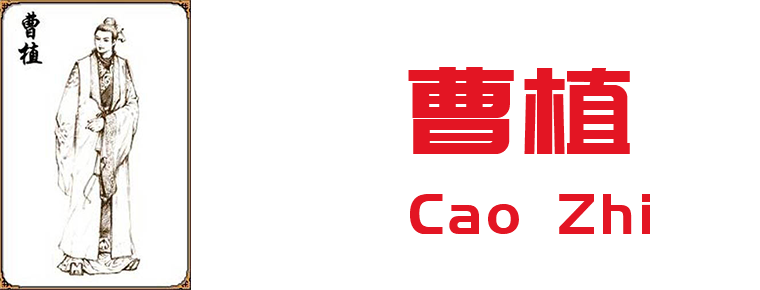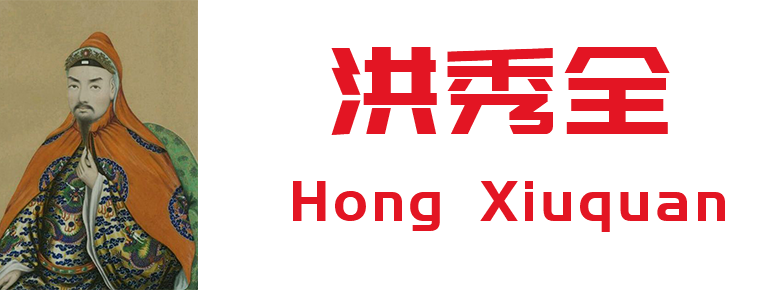Big flat tone
Big flat tone
Da Ping Diao (also known as Ping Diao, Da You Bang and Da Bang Opera), one of the local traditional operas in Henan and Shandong Province, is one of the national intangible cultural heritage.
Daping Diao originated in the mid-Ming Dynasty. It is mainly popular in northern Henan, southern Hebei, southwestern Shandong, Eastern Henan and Northern Anhui. It has a history of more than 500 years. Daping tune is a Bangzi tune system. It is called Ping tune or Ping tune because of its lower pitch than Shandong Bangzi, Henan Bangzi and Hebei Bangzi. Its music board structure is mostly the same as that of Henan Opera, and its artistic style is more rugged and popular than that of Henan Opera. The Great Ping Diao has a great influence in the vast area north of the Yellow River, gradually forming three tribes, namely, the East Road Ping Diao, the West Road Ping Diao and the East River Ping Diao.
On May 20, 2006, Daping Diao was approved by the State Council to be included in the first batch of national intangible cultural heritage lists, the heritage number IV-26.
historical origin
In the 21st year of Kangxi (1682), Puyang Xiadi artists raised funds to donate grain, imitated official and eunuch court clothes to make linen suitcases, and officially performed on the stage, renamed Kaizhou Ping. There are dozens of such bench-head theatre troupes in Puyang County alone, which eventually developed into a major branch of the Great Ping Diao.
Around 1820 years ago, Donglu Pingdao was spread to Heze and Caoxian through Dongming County. It absorbed Shandong folk Wushu and Shandong Bangzi and other local opera performances, and gradually Shandong Pingdao became Shandong-style, forming the independent drama of Daping Diao. At the end of the Qing Dynasty and the beginning of the Republic of China, more than a dozen large-scale peace-tuning classes were active in the vast areas along the north and south sides of the Yellow River, and three regional schools with different styles were formed. One is Kaizhou Ping with Kaizhou (Puyang) as the center, the other is Xiluping with Huaxian as the activity center (also known as Huaxianping), and the third is Dongluping with Dongming as the activity center.
During the reign of Emperor Qianlong in Qing Dynasty, Kaizhou Ping became a great god-worshiping drama. While performing "bench head", large-scale opera troupes appeared, such as Hongjiaban in Qingfeng, Wanjiaban in Nanle and Fanjiaban in Puyang. The children's song sings: "Qianlong Tongbao grasps everywhere, like beating a dog to make a family, playing in the world of flowers and flowers, reincarnating the emperor's family in the afterlife." It reflects the grand performance of Gaotai. With the increase of performance groups, competition is inevitable. At the Water God Meeting in Sangzhai, Puyang, on June 12, in order to enhance their reputation, the three families devoted all their efforts to creating stunts, such as "hanging braids", "tray forks", "along the hairpin", "playing five colors" and "hanging big" and many other stunts were created in this way. Thus, the characteristics of Puyang major flat tune are different from those of other places.
After the 1950s, it was generally called Great Flat Tune. It takes Caozhou (Heze City, Shandong Province) as the center, spanning the fringe areas of Hebei, Shandong, Henan, Jiangsu and Anhui provinces, from Zhengzhou to Chenzhou in the West (today Huaiyang), from Xuzhou to Bozhou in the south, from Daming to Cizhou in the north, and from Yanzhou in Jining to Yanzhou in the east, and is known as the eight popular provinces.
After the founding of the People's Republic of China, a number of modern plays were created, and received good repercussions after the performance.
Cultural characteristics
Overall style
Hedong Daping Tune
Hedong Great Ping Diao has a unique artistic style and is good at singing "tricks".
Puyang Daping Tune
Puyang Major Flat Opera shows rough, less decorative, big circle, cross-legged strides. Facial face is cloudy hands, open the door to beckon, stare, shake shoulders, brace, stride like waves, appear like three shakes. With Dahongquan as the foundation of body support, real knives and guns, great momentum, bold and vigorous, clear rhythm.
Daming Daping Tune
Daming Daping Opera belongs to Banqiang Banzi Opera, because its singing is five degrees lower than "high-key" (Henan Opera), so it is called Ping Opera; because of its use of Bangzi is particularly large, so it is called Dabang Opera and Dayaobao Opera; because its repertoire is mostly a big play with robes, and the cast is huge.
Accompaniment instrument
The main accompanying instruments are big strings, two strings, three strings, big bangs, trumpets, etc.
perform
The grand flat-key performance is magnificent and magnificent. It retains the "top-notch" and "four big fans" used in the early stage of Henan Opera. The four fans include a pair of cymbals and a pair of cymbals. "Four big fans" are played with "top horn". The top horn is very loud. If a warhorse hisses, it can spread to miles away. It is suitable for creating an atmosphere of ancient war and a lively scene. The performance in flat key emphasizes both singing and playing, and is bold and bold, rigid and soft. It absorbs many movements of martial arts performance and introduces many martial arts special effects. The representative movements of Taiping tune include "stride across the tibia", "circle by hand", "three changes of direction", "big hanging", "along the knife", "nine buckets of water", "climbing mast", "top lamp", "golden chicken chair" and other martial arts special effects are also commonly used in Taiping tune performance, which is different from other operas.
Suit and business
Among the roles of the major flat tune, black face and red face occupy the main position, forming an important feature of the opera. Its performance is magnificent, the scene is grand, singing, doing, reading and playing, rough and bold, rigid and soft.
Music for voices in a Chinese Opera
Daping tune singing music belongs to Bangzi tune system, which is a kind of plate-style variation. It has many similarities with Shandong Bangzi and Henan Opera in the structure of the music plate, but in the artistic style it is much more rugged than Henan Opera, and has Shandong local characteristics, especially Donglu Tune. The singing tune of Daping tune is basically the same as that of Shandong Bangzi, but the voice is usually true, but the fake voice is very high at the end of slab starting like Adagio and turning nail.
Form of performance
Major flat-key performances are diverse, exaggerated without distortion, bold in pursuit of perfection, rough in detail, rigid in soft, personality is very distinct. In the performance practice, the Taiping tune artists once absorbed the folk Wushu routine, and the real knife and gun performed on the stage, which is unique.
Representative repertoire
Daping Diao has accumulated a rich repertoire in the long-term development process. According to statistics, there are about 600 plays, and only 200 plays remain. Its contents are mainly based on the stories of Three Kingdoms, Water Margin, Sui and Tang Dynasties, Yangjia Jiang, Baogong Case, etc. Most of them are black-faced and red-faced "robe-belt drama". There are fewer folk life stories and plays. They are Xia Gaoping, Xia Yanjing, Xia Jiangnan, Anti-Yanghe, Jinyang Guan, Anti-Xuzhou, Jianjiang Wei, Baihua Pavilion, Zheng Luoyang, Qin Xianglian, Xi Zhao Wang, Zhao Gong Ming Xia Shan, Jin Whip Ji, Zhang Fei Ronggu, Sanzhuan Decree and Fire Dragon Front.
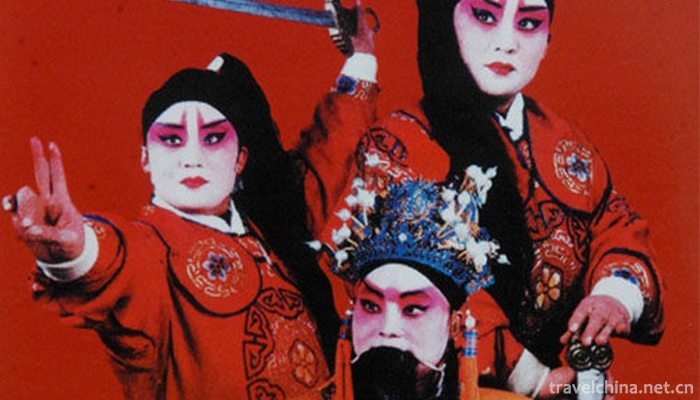
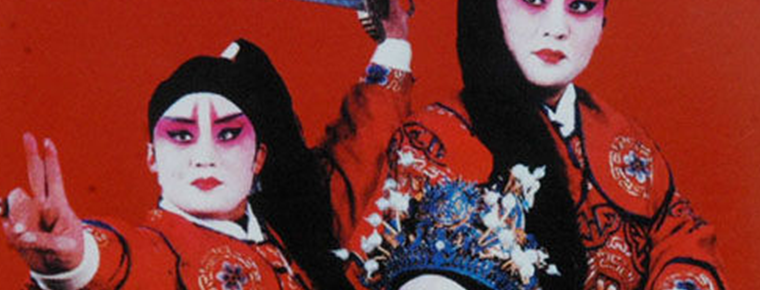
Big flat tone
-
Huaxia City Tourist Scenic Spot
Weihai Huaxia City Scenic Area belongs to Huaxia Cultural Tourism Group Co., Ltd. It is located in Weihai, a beautiful seaside resort city.
Views: 259 Time 2018-12-08 -
Mianzhu New Year Picture Village Scenic Area in China
New Year Picture Village is located in Xiaode Town, South Gate of Mianzhu City, Sichuan Province. It is located between De'a Highway and Chengqing Highway, 73 kilometers away from Chengdu and within o
Views: 212 Time 2018-12-22 -
Cangyan Mountain Scenic Area
Cangyan Mountain, located 50 kilometers southwest of Shijiazhuang City, Hebei Province, is located in Jinglong County. As the core scenic spot of Cangyan Mountain, Cangyan Mountain Fuqing Temple is li
Views: 182 Time 2019-01-04 -
Huangjinglaolin Scenic Spot
Huangjing Old Forest Scenic Spot is located at the junction of Sichuan and Guizhou provinces in southern Sichuan Province and northwest Gulin County. Its total planned area is 9122.6 hectares
Views: 131 Time 2019-01-18 -
Hangzhou Reviews
Hangzhou Ci Commentary, commonly known as Xiaoshu, is the traditional art of rap and singing in Hangzhou, Zhejiang Province. It is a kind of folk art that tells stories
Views: 213 Time 2019-05-02 -
Printing and Dyeing Techniques of Blue Printed Cloth
The printing and dyeing technology of blue printed cloth is a kind of anti-dyeing and printing method of indigo printed cloth. The dye is extracted from Polygonum multiflorum.
Views: 264 Time 2019-05-11 -
Firing Techniques of Liling Unglazed Colorful Porcelain
The firing technology of Liling Unglazed Five-color Porcelain, the local traditional firing technology of Liling Unglazed Five-color Porcelain in Hunan Province, is one of the national intangible cult
Views: 185 Time 2019-05-13 -
Shangdang Erhuang
Pihuangqiang in Shangdang area is called Shangdang Erhuang. It is an independent opera with a history of more than 200 years. Locals call it "Tu Erhuang". At present, Shangdang Erhuang is on
Views: 194 Time 2019-06-13 -
Cao Zhi
Cao Zhi (192 - 232 December 27th), Zi Jian, Pei Guo Qiao County (now) Anhui province Bozhou City, born in East Wuyang (now Shenxian, Shandong, Juancheng). Cao Cao He was born with third sons from Quee
Views: 128 Time 2019-09-07 -
Hong Xiuquan
Hong Xiuquan (January 1, 1814 - June 1, 1864) was famous for his show. In order to avoid God's "Huo Huo Hua", Jehovah "Homonym" has been changed to the present name, the founder of
Views: 231 Time 2019-09-07 -
Chuzhou University
Chuzhou University is a full-time general in Anhui province. Undergraduate Colleges Yes. Anhui higher education revitalization program "Local application type" High level University Construc
Views: 173 Time 2019-11-09 -
National characteristics of Chinese embroidery
Nationality is the distinctive feature of Qinghai Folk Embroidery. In the long process of development, Qinghai embroidery has formed its own unique style. Due to the consistency of language, religious belief, festival etiquette, culture and entertainment,
Views: 381 Time 2020-12-12
